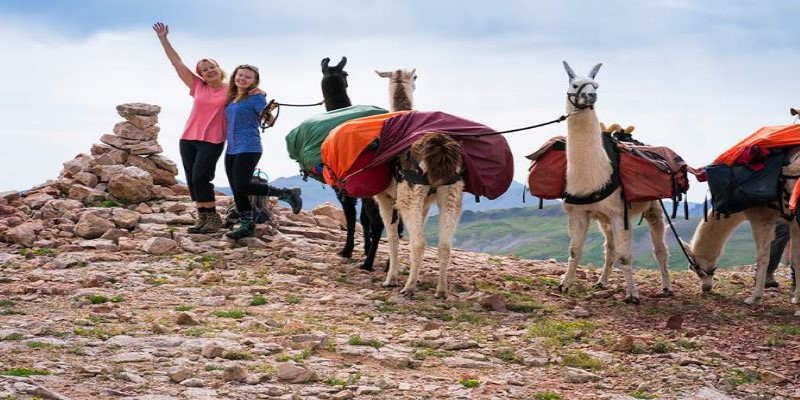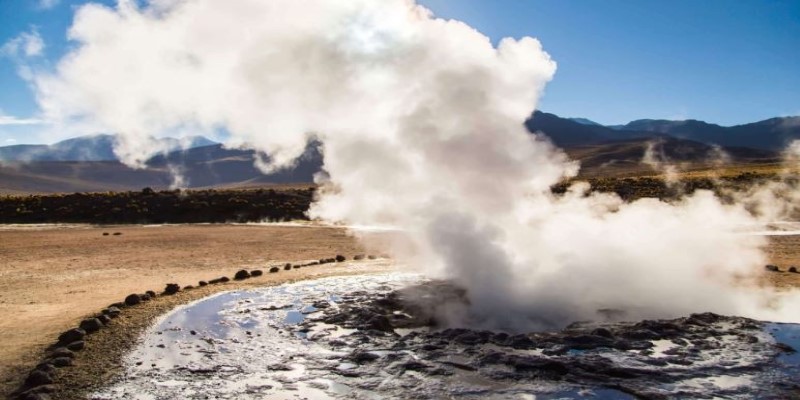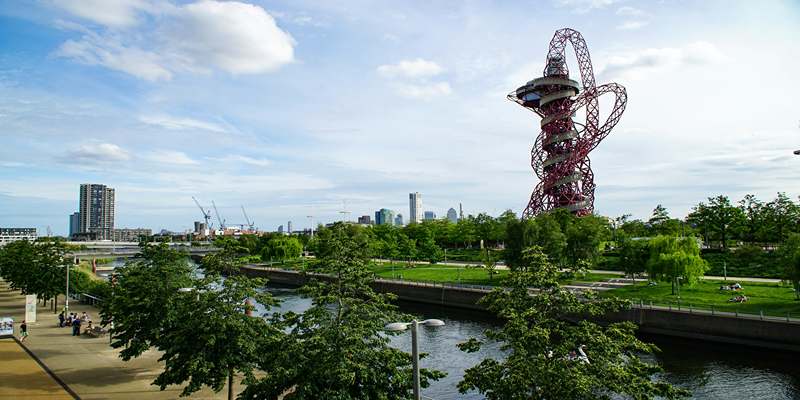Steaming Earth and Wandering Llamas: The Unusual Reality of El Tatio Geyser
The sun barely touches the Andean plateau when the ground begins to hiss. Steam rises from the earth like breath in the cold morning air, forming thick clouds against the blue sky. The El Tatio Geyser field, one of the highest geothermal areas in the world, is waking up. The boiling water beneath the surface forces its way through the cracks, creating an eerie yet mesmerizing sight. But amid this natural spectacle, something unexpected appears—llamas. These sturdy, thick-furred creatures move casually between steaming vents, their dark eyes scanning the mist-covered land.
For travelers, it is both a surreal and puzzling sight. How did those animals end up so near the scalding pools and unpredictable geysers? The reason lies in a delicate balance between tourism, the locals' livelihoods, and, well, the good sense of nature. El Tatio is just as much a wonder of geothermal activity as it is a place where human life, animal life, and the very land all intersect in a way that people hardly expect.
El Tatio Geyser: A High-Altitude Spectacle
El Tatio lies in northern Chile, within the Atacama Desert, at more than 4,200 meters of altitude. It is the biggest geyser field located in the Southern Hemisphere and the third largest in the world. In this place on earth, alive with geothermal energy, an otherworldly landscape seems to exist in an eerie spreading of boiling mud pools, emitting steam vents and columns of hot water shooting through the air. The best time to witness this natural show is at dawn, when the contrast between the freezing air and boiling water is most dramatic.
The geysers themselves feed off the underground volcanic fire. Water is forced deep down into the earth, heated, and pushed back upward under extreme pressure. A landscape of shifting mists and constant steam hisses follows from this. Yet, while the geysers are something of an attraction, it's the land surrounding them that relates a story of resilience.
Despite the harsh conditions—thin air, extreme temperatures, and a scarcity of vegetation—life thrives here. Flamingos wade through mineral-rich pools while vicuñas, the wild relatives of llamas, cautiously navigate the terrain. Yet, it is the presence of domesticated llamas that often surprises visitors the most.
The Llama Dilemma: Between Tradition and Tourism
Llamas have been companions to Andean people for centuries. These animals are more than just livestock; they are part of cultural identity and history. Used for transport, wool, and meat, llamas are essential to many indigenous communities in the region. Their ability to survive at high altitudes and thrive on sparse vegetation makes them ideal for the rugged Andean landscape.

But why are they so close to the geysers? The answer lies in a combination of adaptation and necessity. Many local herders bring their llamas to graze near El Tatio, where mineral-rich grasses provide a valuable food source. Over time, these animals have learned to navigate the unpredictable terrain, avoiding dangerously hot ground while making use of what little vegetation is available.
However, their presence creates an interesting conflict. Tourism in El Tatio has grown significantly, with visitors eager to see the geysers at sunrise. Many expect untouched wilderness, a place where nature remains pristine and undisturbed. The sight of domesticated llamas wandering through the geothermal field challenges that expectation. Some travelers question whether their presence takes away from the raw beauty of the place, while others find the combination of wildlife and geothermal activity even more fascinating.
From a conservation perspective, the interaction between llamas and the geyser field raises concerns. The fragile geothermal environment is sensitive to disruptions. Increased foot traffic—both human and animal—can cause erosion, damage fragile soil, and alter the delicate balance of the ecosystem. Additionally, the possibility of llamas venturing too close to hot water sources presents a risk, not just to the animals but also to visitors.
Finding Balance: Coexistence in a Unique Landscape
El Tatio exists at the intersection of natural wonder and human influence. Conservation efforts focus on protecting the site from excessive tourism, ensuring that visitors do not damage the geothermal features. Strict pathways have been established to minimize human impact, and guides emphasize the importance of responsible exploration.

But the solution for llamas is less straightforward. Local communities rely on these animals for their livelihood, and restricting access to grazing land could create economic hardship. Instead, some herders have adapted by guiding their llamas along specific routes, keeping them away from the most sensitive areas of the geyser field.
Tourists, too, play a role in maintaining this balance. Understanding that llamas are not just an unexpected addition to the landscape but an essential part of Andean life helps shift the perspective. Rather than seeing them as intrusions, they can be appreciated as living connections to the region’s rich cultural history.
For many travelers, the most memorable experiences come from these unexpected encounters. The image of a llama standing against a backdrop of steaming vents, seemingly unaffected by the otherworldly environment, captures the essence of El Tatio—where the wild and the domesticated, the ancient and the ever-changing, exist side by side.
Conclusion
El Tatio Geyser is a place where extremes collide—scalding steam and freezing air, untouched wilderness, and the presence of llamas. It is more than a geothermal wonder; it's a reflection of nature's unpredictability and humanity's deep connection to the land. The llama dilemma highlights the ongoing balance between tradition, conservation, and tourism. While their presence may seem out of place, it's a reminder that landscapes are not just for admiration but also survival. Whether drawn by geysers or the sight of a lone llama in the mist, visitors leave El Tatio with a sense of awe and contemplation.












